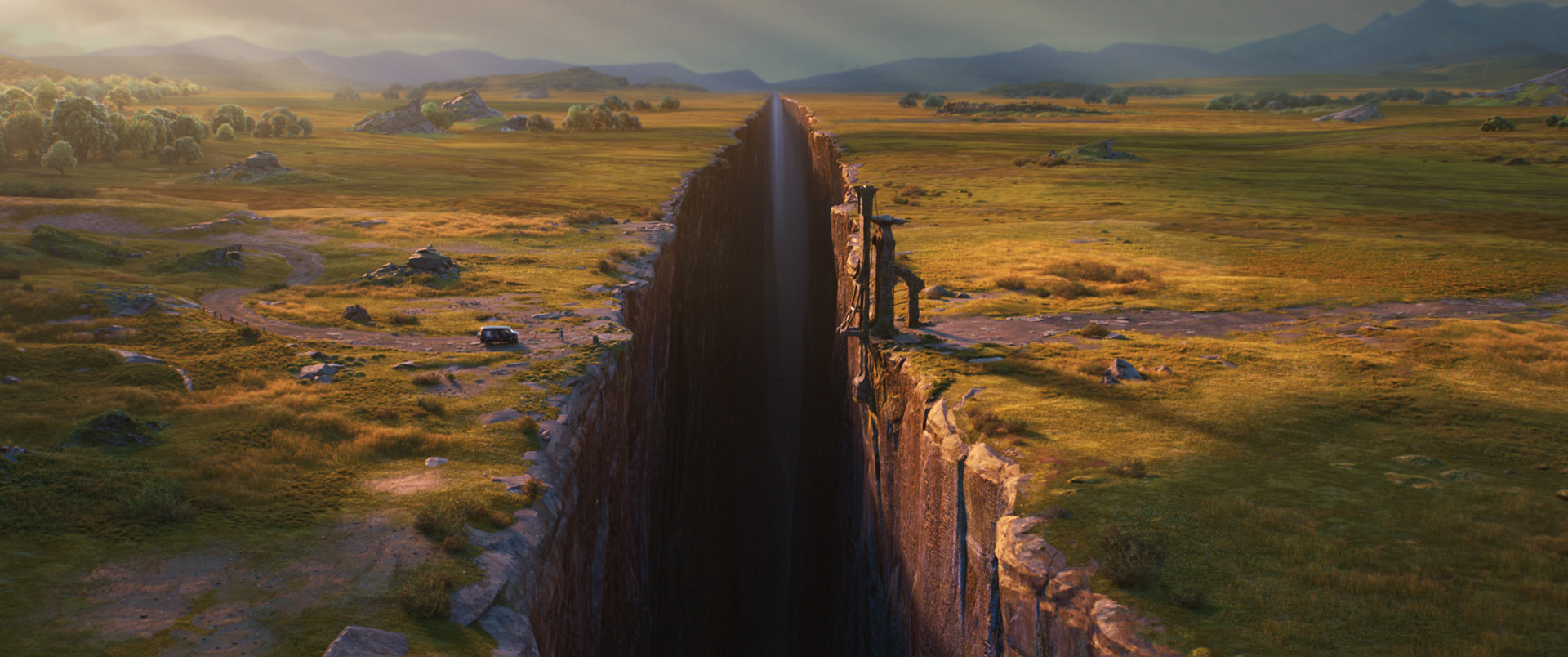“Procedural Geometry with Open Shading Language on Pixar’s Onward and Soul” by Dixon, Johnson, Whittock, Roe, Hecker, et al. …
Conference:
Title:
- Procedural Geometry with Open Shading Language on Pixar’s Onward and Soul
Session/Category Title: Hair and Fur
Presenter(s)/Author(s):
Interest Area:
- Production & Animation and Modeling / Geometry
Entry Number: 38
Abstract:
Since Brave, Pixar has used a system called Moss to manage procedural ground cover such as grass and dense debris. The Moss system made it easy for a show to develop a series of looks (or “types”) implemented in C++ with APIs mimicking a standard shading language. For Onward and Soul, we wanted to make development of types simpler for shading artists less familiar with C++, while still preserving the workflows and performance crucial to our vegetation heavy shows. Inspired partially by the new shading interface in RenderMan’s RIS path tracer, we reimagined Moss as having a small number of core types defining both the structure (debris, particles, single-blade grass, feathered grass, etc.) and features (keep alive, simulation, etc.). Look development and customization of these types would now be handled by Open Shading Language.
References:
Lane Pertusi, Íñigo Quílez, and Noah Klocek. 2016. Procedural Terrains on Pixar’s The Good Dinosaur. In ACM SIGGRAPH 2016 Talks. Association for Computing Machinery, New York, NY, USA, Article 54, 2 pages. https://doi.org/10.1145/2897839. 2927443
Thomas V. Thompson, Ernest Petti, and Chuck Tappan. 2003. XGen: arbitrary primitive generator. https://doi.org/10.1145/965400.965411
Acknowledgements:
. We’d like to acknowledge the Onward and tools leadership for taking on this experiment. We’d also like to acknowledge Inigo Quilez’s work as one of the original designers of the Moss system.





